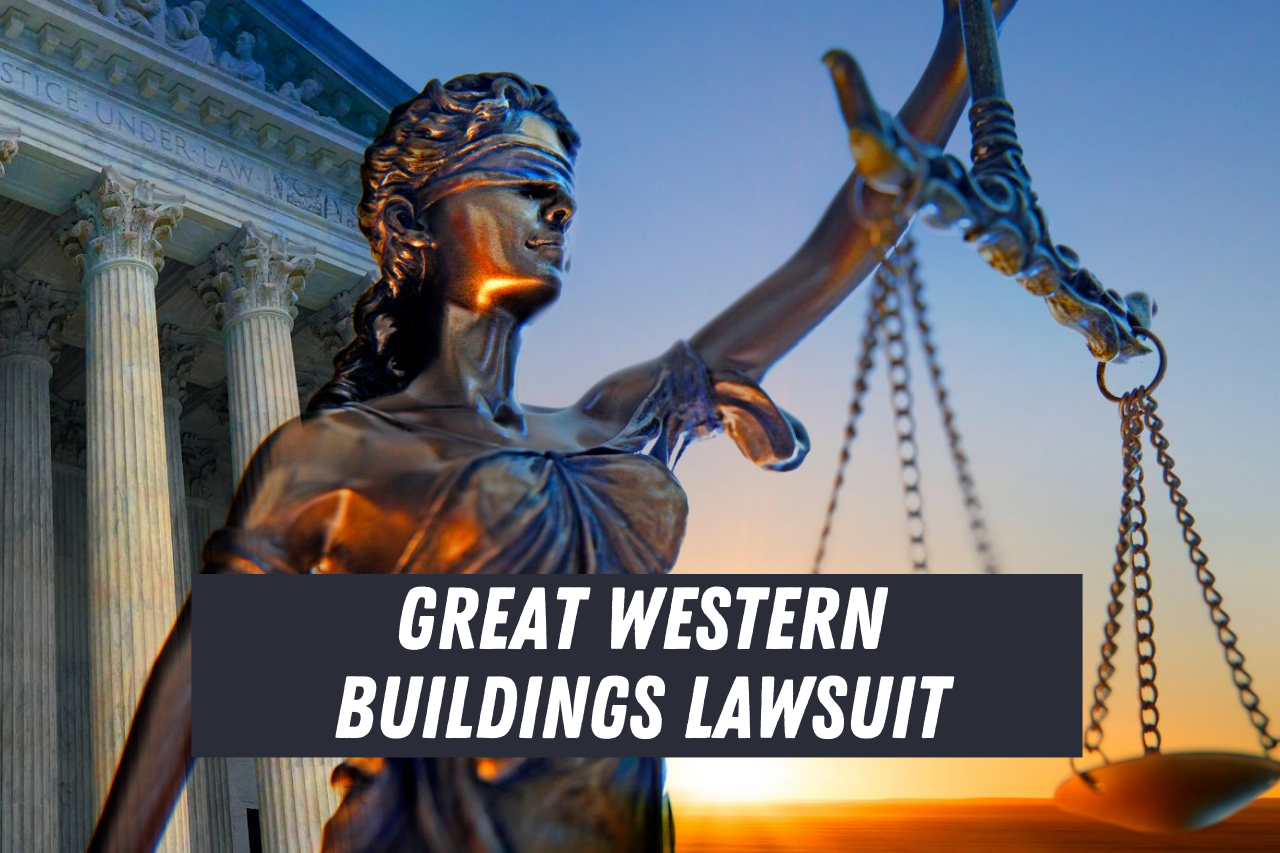The Great Western Buildings Lawsuit: A Comprehensive Analysis represents a significant legal battle in the realm of construction and corporate accountability. This intricate case, which has garnered considerable attention, revolves around allegations of negligence, breach of contract, and potential safety violations.
The lawsuit’s outcomes and implications extend far beyond the parties involved, setting precedents in construction law and corporate responsibility. This article delves into the details of the case, exploring its background, legal arguments, impacts on the industry, and broader implications for corporate ethics and safety standards.
Great Western Buildings Lawsuit: A Comprehensive Analysis
Background of the Case
The origins of the Great Western Buildings lawsuit can be traced back to several incidents that raised concerns about the safety and quality of construction projects undertaken by Great Western Buildings Lawsuit: A Comprehensive Analysis, a prominent construction company known for its large-scale commercial and residential projects. Allegations surfaced regarding the company’s use of substandard materials, deviation from safety protocols, and breaches of contractual obligations. These accusations came to a head when a newly constructed building faced structural issues, leading to a high-profile legal confrontation.
The plaintiffs in the case comprised a diverse group including building owners, tenants, and in some instances, local government bodies. Their grievances were multifaceted, accusing Great Western Buildings Lawsuit: A Comprehensive Analysis of negligence in adhering to safety standards, resulting in potential hazards. Furthermore, there were claims of financial losses due to the delayed opening of business premises and additional costs incurred for necessary repairs and reinforcements.
Legal Arguments and Proceedings
The legal intricacies of the Great Western Buildings lawsuit were complex, involving multiple facets of construction law. The plaintiffs’ primary argument centered on negligence and breach of contract. They alleged that Great Western Buildings Lawsuit: A Comprehensive Analysis to fulfill its contractual obligations by not adhering to the agreed-upon quality standards and construction timelines. The argument extended to accusing the company of cutting corners to reduce costs, thereby compromising building safety and integrity.
Great Western Buildings Lawsuit: A Comprehensive Analysis, in its defense, argued that all construction projects were in compliance with the relevant building codes and regulations. The company emphasized its adherence to industry standards and denied any wrongdoing, attributing the building issues to external factors beyond their control, such as unforeseen geological challenges and supplier-related problems.
The legal proceedings involved extensive review of building plans, testimonies from construction experts, and examination of the alleged substandard materials. Both sides presented detailed technical arguments, making the case highly complex and setting a precedent in the realm of construction litigation.
Impact on the Construction Industry
The lawsuit had a profound impact on the construction industry, particularly regarding standards and practices. It brought to light the critical importance of adhering to safety norms and the potential repercussions of negligence. The case prompted many construction firms to reevaluate their practices, emphasizing quality control and compliance with safety regulations.
Furthermore, the lawsuit influenced the way contracts are formulated in the construction sector. There was a noticeable shift towards more comprehensive contracts, with clearer definitions of quality standards and timelines, and stricter clauses regarding non-compliance and liability.
Implications for Corporate Ethics and Safety Standards
Beyond the construction industry, the Great Western Buildings Lawsuit: A Comprehensive Analysis had broader implications for corporate ethics and safety standards. It highlighted the need for companies to prioritize ethical practices and safety over cost-cutting and profit maximization. The case served as a stark reminder of the potential consequences of neglecting these aspects, including legal repercussions, financial losses, and damage to reputation.
The lawsuit also played a pivotal role in advocating for stronger safety regulations and enforcement in the construction industry. It underscored the importance of regular inspections and audits to ensure compliance with safety standards, and the need for stringent penalties for violations.
Conclusion
The Great Western Buildings Lawsuit: A Comprehensive Analysis; it is a narrative on corporate responsibility, ethical practices, and safety standards in the construction industry. While the case had specific legal outcomes for the parties involved, its true significance lies in the lessons it imparts and the changes it has spurred in industry practices and standards. It serves as a powerful reminder that in the construction sector, where the stakes include human lives and substantial financial investments, adherence to the highest standards of quality and safety is not just a legal obligation but a moral imperative.
Also Read: zip code st pete

